SANTA CRUZ & REDWOODS (Day 8 - part 3)
We had lunch (and libations) at the Seabright Brewery, which was founded in 1988.

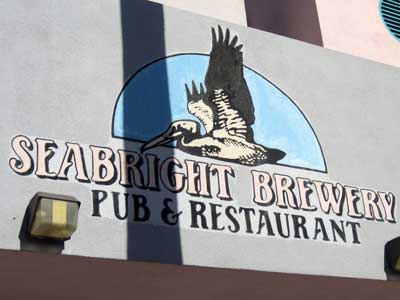
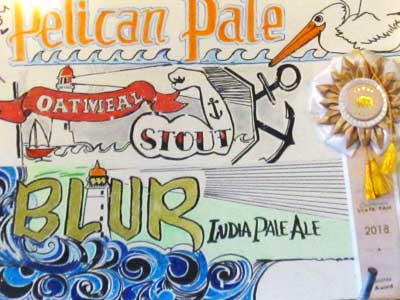

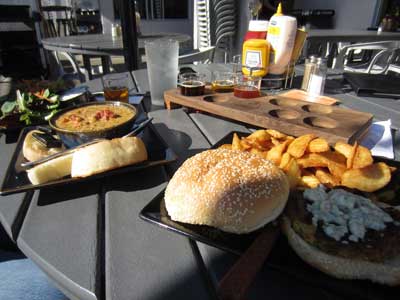
We departed from Highway 1 and continued our drive north.

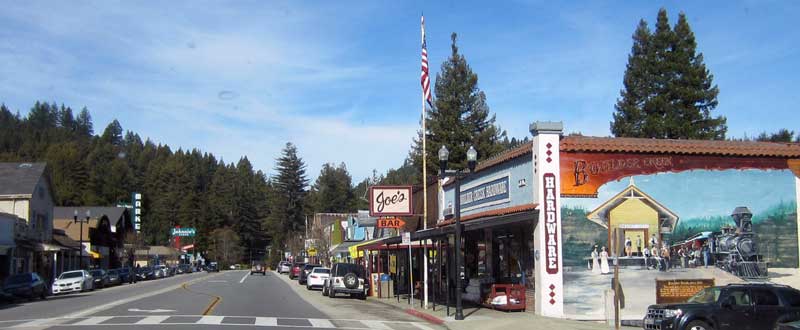
The small town of Boulder Creek (originally named Lorenzo until the 1880s) served as the upper terminus of the San Lorenzo Valley Logging Flume. The mural, painted by John Ton in 2001, depicts the logging flume (a trough-like channel used to transport lumber from mountains down to a sawmill by using flowing water) and train station in the 1880s.
Continuing north, we reached Big Basin Redwood State Park, California's oldest state park, established in 1902. The area was protected to prevent it from being destroyed by logging. It covers over 18,000 acres and is home to the largest continuous stand of ancient coast redwoods south of San Francisco. The park has over 81 miles of trails.
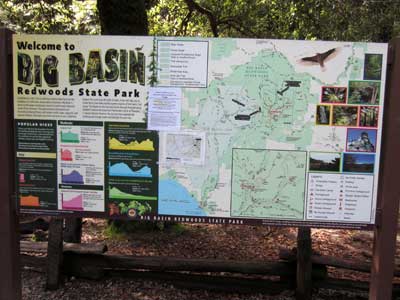
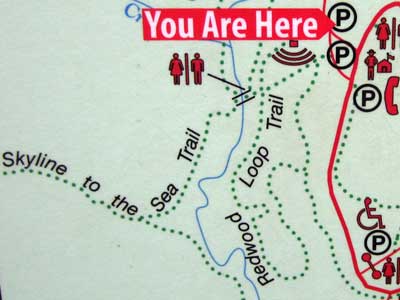

Trees tower over the cars in the parking lot at the park headquarters

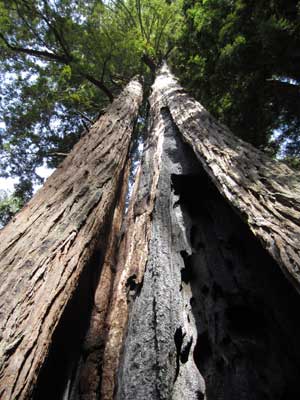
This tree, with its 21-foot diameter, was called The Auto Tree because its cavity was large enough to fit a car... a car from the 1920s, that is.


Inside the visitor center
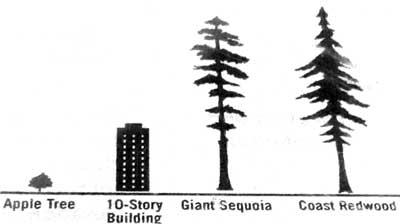
The giant sequoia and coast redwood two related species of evergreen trees that grow in different areas in California.
Sequoias:
- are bigger, up to 275 feet, with a trunk circumference of 102 feet and weight of 2.7 million pounds
- grow inland on mountain slopes at elevations of 5,000 to 7,000 feet, in central California
- have hard needles
- need hot, dry summers
- reproduces only through seeds (cones)
Redwoods:
- are taller, up to 370 feet, with a trunk circumference of 75 feet and weight of 1.6 million pounds
- grow in hilly, coastal areas with lots of rain and fog at elevations below 1,000 feet, in northern California
- have soft needles
- need year-round moisture
- reproduces from seeds and new shoots from old, fallen trees or trunks


A large raven .... Needles of a redwood


Walking out to the amphitheater

This tree fell on January 26, 1983.


The massive roots!
We first strolled along the Skyline Trail.
 vs.
vs. 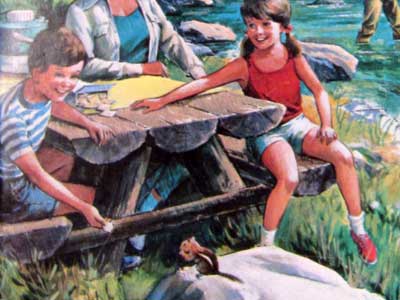
A sign on the trail depicting today's views of feeding wildlife ... compared to the one we saw at the start of the trip on the 1976 magazine at Silverthorne's Sunshine Cafe.

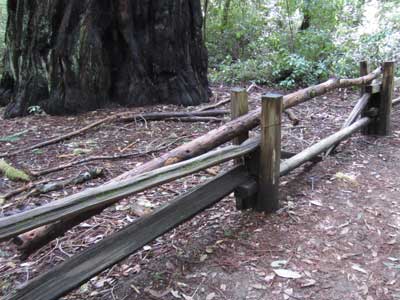
The trail ... and a convenient way to fix a broken fence


Scott will be repeatedly (and unwittingly) used as a sense of scale among these wooden giants.


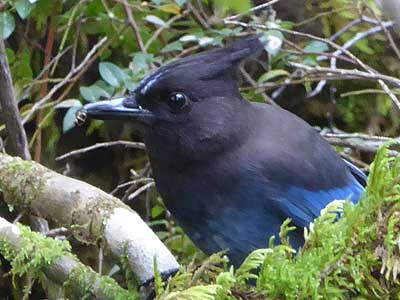
The Steller's jay is also known as the long-crested jay, mountain jay or pine jay.
return • continue

